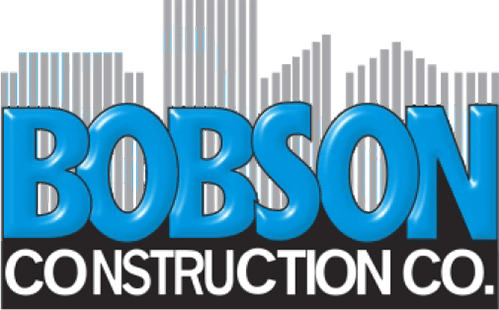Roof slope is important because some roofing products are suited for use only on roofs with a slope great enough to provide proper water drainage. In terms of building codes, there are three basic types of roofs based on the amount of slope:
- Flat (Less than 2.5/12)
- Low Slope (2.5-4/12)
- High Slope (greater than 4/12)
Most shingled roofs are high slope roofs.
Shingles are the most common form of roof covering for residential homes. They are easy to transport and install, and are offered in a wide variety of colors and shapes. Shingles can be made of asphalt, fiberglass, wood, cement, or slate. Asphalt strip shingles are widely available and the most popular type of shingle. They are easy to apply and cover a roof fairly quickly. Architectural (laminated) shingles are particularly popular and give roofs a deeply textured appearance. These shingles feature a fiberglass mat construction with an aesthetically pleasing random-cut sawtooth design, and include a manufacturer’s warranty of 30 to 50 years.
Plywood and OSB (Oriented Strand Board) can both be used as roof decking (sheathing).
The purpose of underlayment, which is placed directly on top of the roof decking and underneath the shingles, is to protect the roof from moisture damage. It provides a secondary layer of protection from the elements, including rain, snow, and wind.
Ice and water shield is a waterproof roof underlayment membrane developed to protect vulnerable areas on a roof from ice and water damage. The adhesive back surface of the membrane bonds to the roof deck, which is a superior underlayment for areas where ice dams or severe storms are common.
Ice dams are a serious issue for homeowners in cold climates. Ice dams are formed by the continuous melting and freezing of snow due to heat escaping from the house, or from a backup of frozen slush from the rain gutters. The melted water flows under the snow and freezes as it reaches the unheated soffit area at the eaves, creating an ice dam. When this occurs, water can be forced under the shingles and into the attic, resulting in damage to the home’s interior. Ice and water shield membranes are an effective solution to this problem.
Proper ventilation of the roof is very important. It removes hot air that could damage shingles from the attic. It also removes moisture that could damage the roof sheathing. There are various ventilation methods. One common method is the use of the full-length ventilating ridge. For a ridge vent to be effective, air must be drawn in through the eaves and soffit vents. As this relatively cool air is drawn in, warmer air is exhausted through the ridge vent.
Flashing is a thin metal sheet or strip used to protect a building from water seepage. Flashing prevents water from entering roof joints. It is required wherever the roof covering intersects another surface, such as a wall, chimney, skylight, or vent pipe. Drip edges protect the edges of the roof. Drip edges are designed to prevent leaks by causing water to drip free of the underlying construction. Metal used for flashing must be corrosion resistant.


